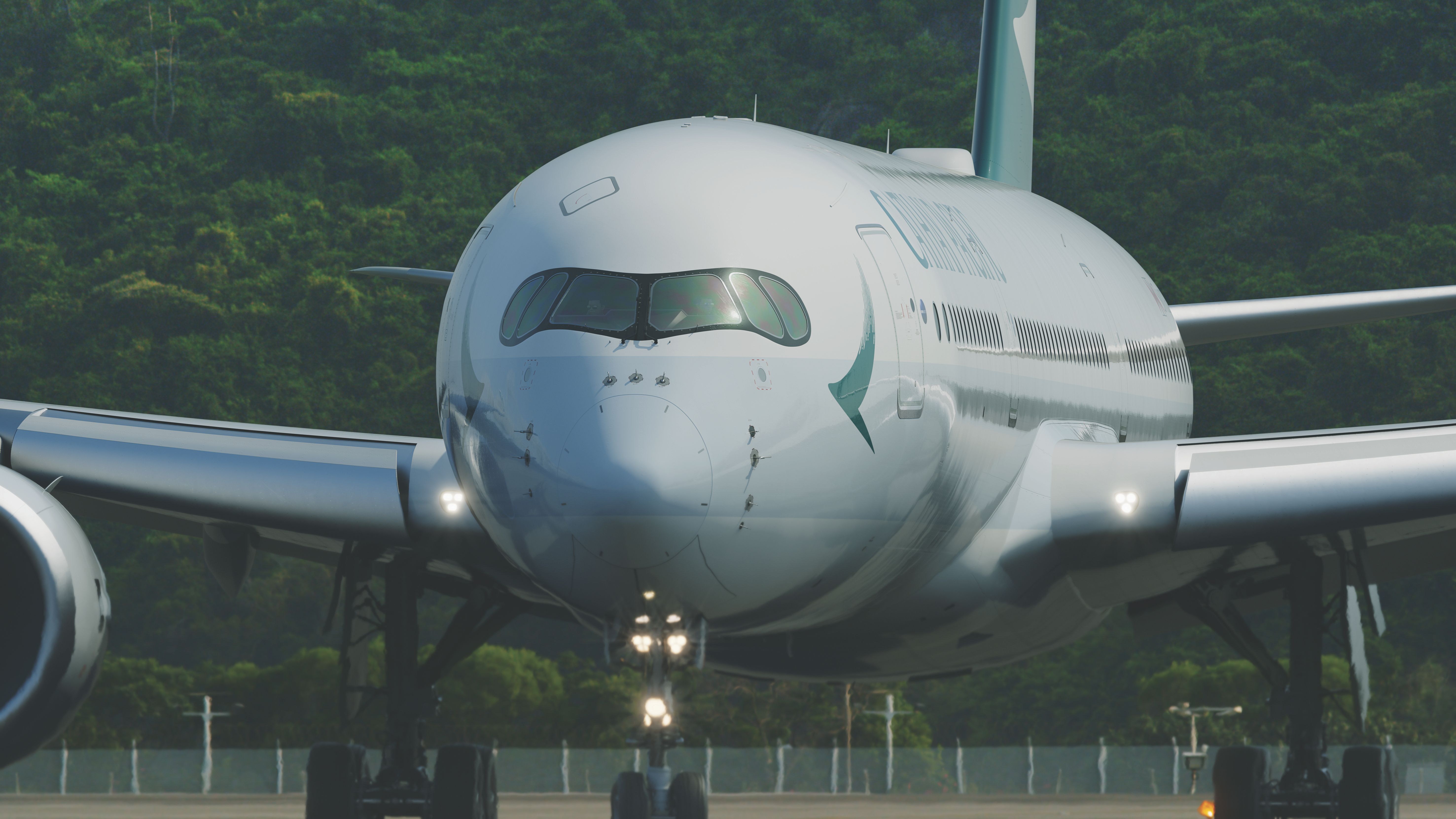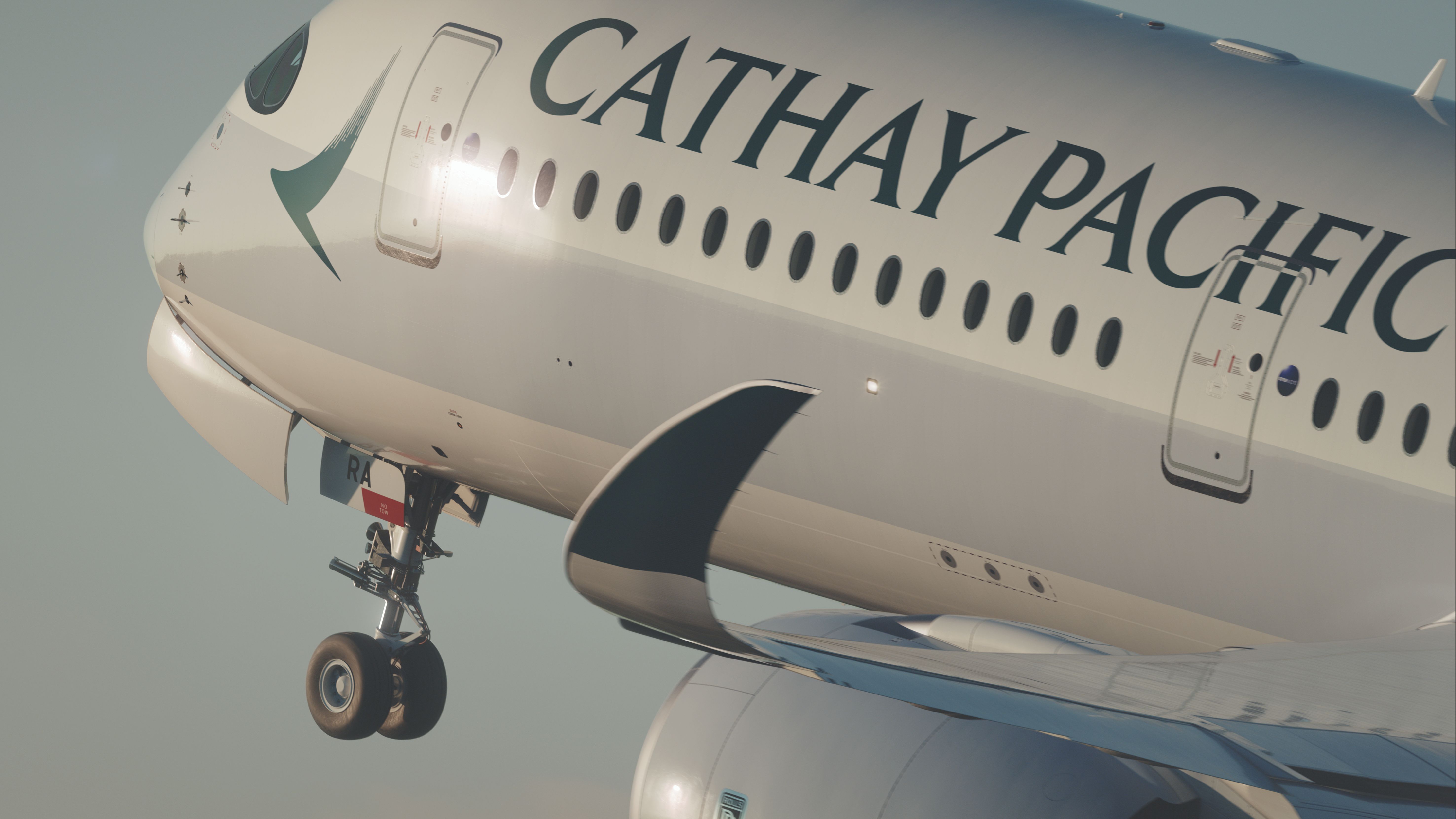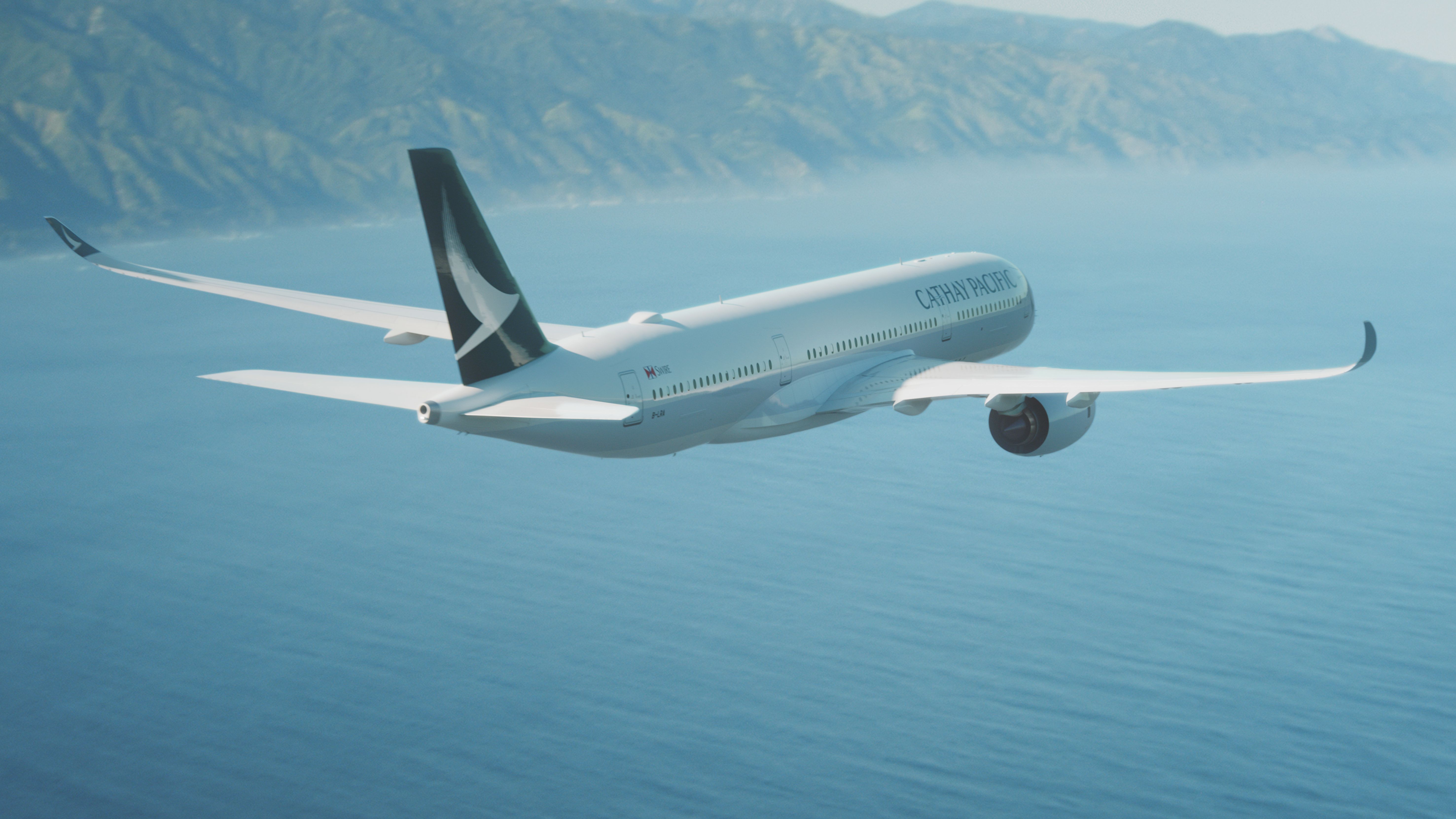Cathay Pacific is flagging the closure of its last overseas pilot bases. Bases in New York, Los Angeles, San Francisco, and Anchorage are the last vestiges of a once-formidable network of overseas pilot bases Cathay Pacific maintained. Now, Cathay Pacific is reviewing the future of these four surviving US bases. If they close, Cathay Pacific will be left with no pilot bases outside Hong Kong.
A pilot base review with an inevitable conclusion
Bloomberg is reporting Cathay Pacific has started the review into the US pilot bases that are home to around 100 pilots. It's a small number of pilots in the scheme of things, but US-based long-haul pilots are more expensive to employ than Hong Kong-based pilots and none of the US pilots have operated Cathay Pacific flights for at least two years.
“Our US-based pilots have been informed that the company is contemplating closing all US pilot bases and offering our US-based pilots the opportunity to relocate to Hong Kong, subject to them holding or obtaining the right to live and work in the city,” reads a Cathay Pacific statement.
“We would like to emphasize that the proposal to close our US pilot bases is not a reflection on the professionalism of our US-based pilots, and we hope that all can continue to remain employed with Cathay Pacific.”
Given Cathay Pacific has closed bases around the world, including in the UK, Canada, Germany, Australia, and New Zealand, since the onset of the pandemic, that may seem a forlorn hope. Cathay's pilot pool shrunk by around 400 pilots last year. The airline finished 2021 with around 2,700 pilots on its books but has said it plans to hire more this year.
Some shifts on the ground in Hong Kong
Tough travel restrictions and quarantine rules have seen passenger numbers in, out, and through Hong Kong slashed, and Cathay Pacific is a significant casualty of that. In June, the beleaguered airline flew to just three destinations in the United States and two airports in Canada. But it is the frequencies, or rather the absence of them, that tells the real story. Across June, Cathay Pacific is flying to Toronto just ten times, Vancouver nine times, Los Angeles six times, New York four times, and San Francisco seven times. This count doesn't include dedicated freighter flights.
The Hong Kong Government has just slightly relaxed the entry requirements for inbound international arrivals designed to "reduce the impact on the journeys of persons coming to Hong Kong." Critically for Cathay Pacific, the requirement for pre-departure PCR-based nucleic acid tests for travelers transferring or transiting in Hong Kong is ending on June 1.
Discover more aviation news with Simple Flying!
Hong Kong's specific flight suspension mechanism rules changing
Hong Kong's notorious "specific flight suspension mechanism" is also changing slightly. The Hong Kong Government penalizes airlines that fly in passengers showing no symptoms of COVID but who later test positive by banning the airline from operating specific routes for a period of time. This is despite the airlines having no control over the veracity of negative status certificates that enable boarding. Now, the Hong Kong Government will fine the airline on the first instance of this happening on each route into Hong Kong across every ten-day period. If an airline inadvertently flies in a COVID positive passenger on a specific route more than once every ten days, the old flight suspension mechanism will kick in.
With this kind of regime in place, Cathay Pacific faces an uphill battle to fill seats on its planes, which isn't good news for its pilots. Whatever the decision of the US pilot base review (and sadly, the outcome is almost a foregone conclusion), Cathay Pacific advises its scaled-back US operations will not be impacted.
Source: Bloomberg



